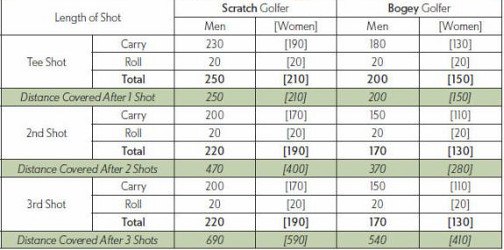
In golf, the term “bogey rating” refers to a numerical value assigned to a golf course to indicate the level of difficulty for a bogey golfer. The bogey rating is one of the factors used in calculating a golfer's handicap.
The bogey rating is typically expressed as a number that represents the number of strokes above par a bogey golfer is expected to score on a specific course. It is based on factors such as the length of the holes, the layout, the presence of hazards, and the overall difficulty of the course.
For example, if a golf course has a bogey rating of 72, it means that a bogey golfer is expected to score 72 strokes to complete the course, which is typically four strokes over par for each hole. The bogey rating provides a reference point for golfers to assess their performance on a particular course and compare it to their handicap.
The bogey rating is used in conjunction with the course rating to calculate a golfer's handicap differential, which is a measure of a player's performance relative to the difficulty of the course. The handicap differential is then used to determine a golfer's handicap index, which allows players of different skill levels to compete fairly against each other.
The bogey rating is an important component of the USGA Handicap System, which is widely used to establish and track golf handicaps. It helps provide a standardized method for assessing and comparing golfers' performances on different courses, allowing for fair and equitable competition across various skill levels.
Similar to Course Rating and Slope Rating, a course’s Bogey Rating is a number expressing its difficulty for a Bogey Golfer based on yardage, hazards and other factors. The formula for determining a course’s Bogey Rating: Divide its Slope Rating by 5.381 for men, or 4.24 for women, then add the result to the Course Rating. The final number is the target score for a Bogey Golfer.





